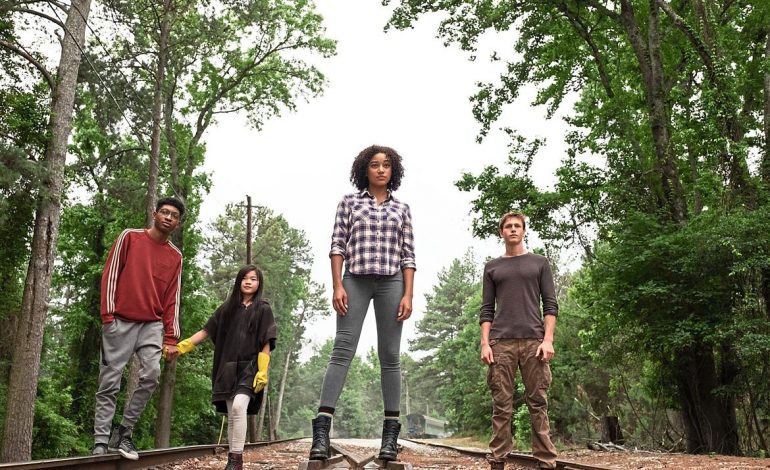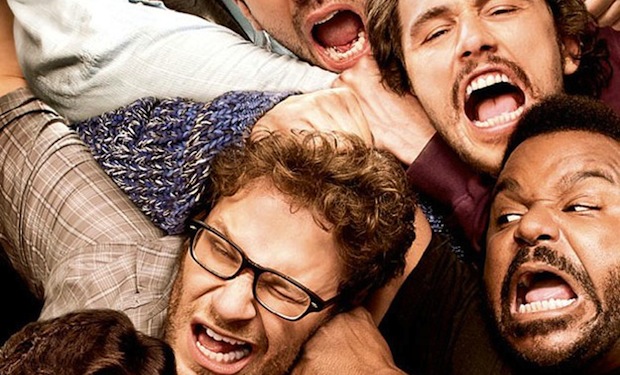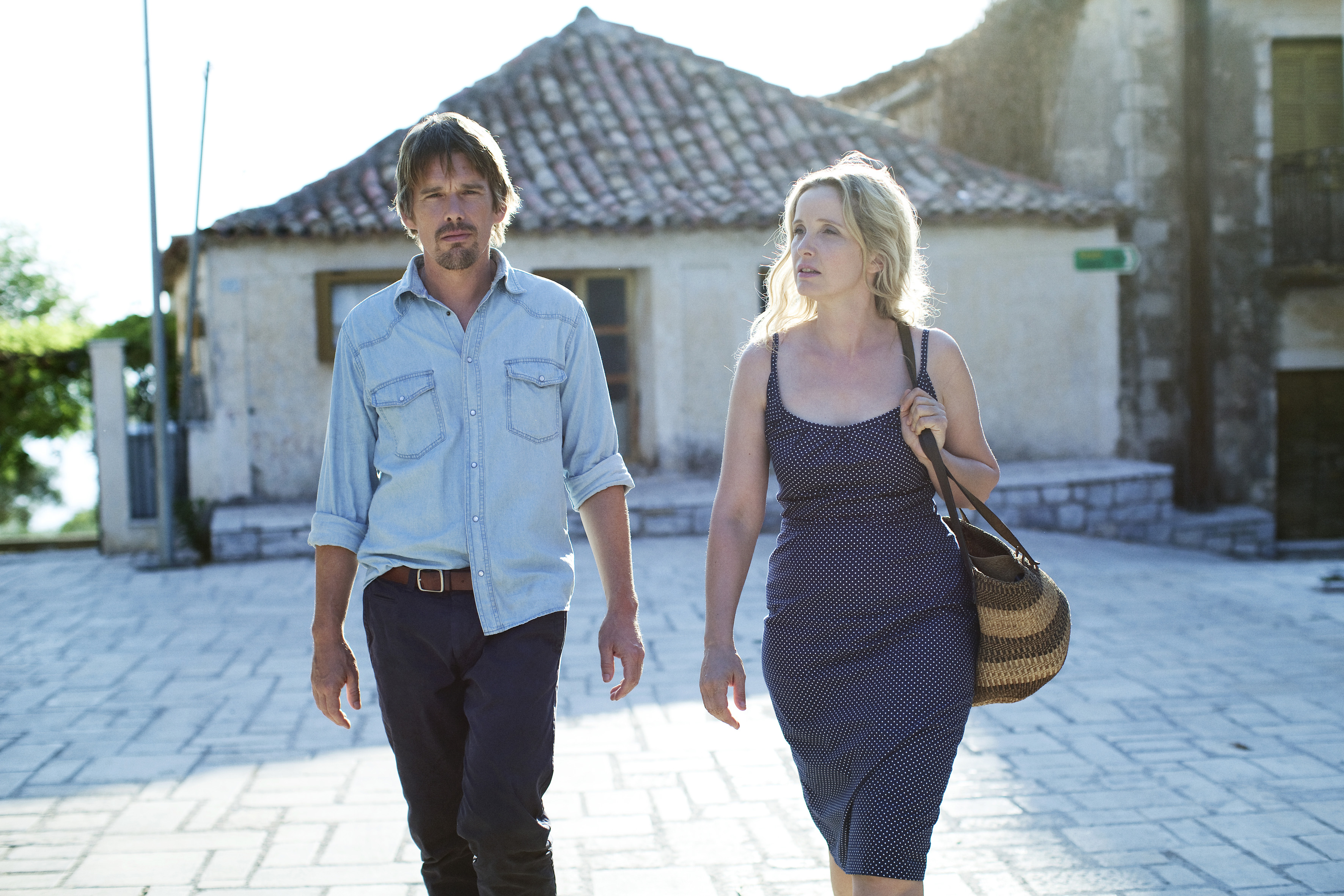A dwindling genre still pushed by naturally rise-averse studios, the young-adult dystopic takes the us-versus-the-world siege mentality of the average teenager and kits it out with hyperbolic, now-predictable apocalyptic flourishes. A mysterious virus; economic breakdown; savage totalitarianism; stirrings of revolution.
Adapted from the first novel of Alexandra Bracken’s YA trilogy with a screenplay from Chad Hodge and direction by Kung Fu Panda’s Jennifer Yuh Nelson, The Darkest Minds pits adults against kids with a savageness that’s almost comic. Youngsters either drop dead, get hunted by psycho bounty hunters, or find themselves herded into concentration camps to scrub boots for sociopaths in balaclavas. Even the rare sympathetic grown-ups harbour unclear motives.
The film’s generational warfare is standard fare for YA franchises like The Hunger Games, Maze Runner and Divergent, and Darkest at least distinguishes itself by an in-vogue pivot towards the super, giving its leads varying kinds of special powers. But the genre combo means we must endure not one but two sets of genre cliches.
So, a contagion is wiping out young people across America. The survivors are gifted with the kind of abilities you’d see at induction day at Xavier’s School for Gifted Youngsters: telekinesis, electricity, telepathy and being, like, really good at puzzles.
As per the YA trope of character-type segmentation, the super-powered kids are distinguished via colour codes. Ruby (played by Everything, Everything’s Amandla Stenberg) is an Orange learning to control minds and mess with memories, with anxieties over skin touch we might call Rogue/Gambit syndrome. After being broken out of a camp by a dissident from something called The Children’s League (Mandy Moore), Ruby falls in with a troupe of kids on the run: the pouty, beautiful Liam (Harris Dickinson), a Blue who can move objects by waving his hands around; Charles (Skylan Brooks), an amicable, sensible, super-smart Green; and a mute sparky Zu (Miya Cech).
Most of The Darkest Minds goes by in a bland blur of under-developed backstories, minor X-Men set-pieces and voiceover narration that leans hard on the dark/light metaphor, but it’s most engaging quality is the central cast, a bunch of misfits bound together with solid chemistry and an intense suspicion of pretty much everyone else. Stenberg is the strongest, tremulous and bashful, with a smile like a flower in full bloom, lacing with the earnest script with some sweetness. When it keeps things light, The Darkest Minds is at least watchable.
Mostly, though, it’s familiar material, sketched out in shoeworn narrative outline. The persecuted breakouts get by in the low-drama spaces of roadways and forests, in search of an Edenic safe space for outcasts run by the legendary ‘Slip Kid’. When they finally arrive and find some relief, turns out the utopia is compromised, bringing with it new forms of threat. Cue lots of hand waving and magic glowing eyes and commandos spouting fireballs from their mouth. It’s actually a little embarrassing: the dorkest minds. Conor Smyth
The Darkest Minds is out on wide release on Friday 10th August.






